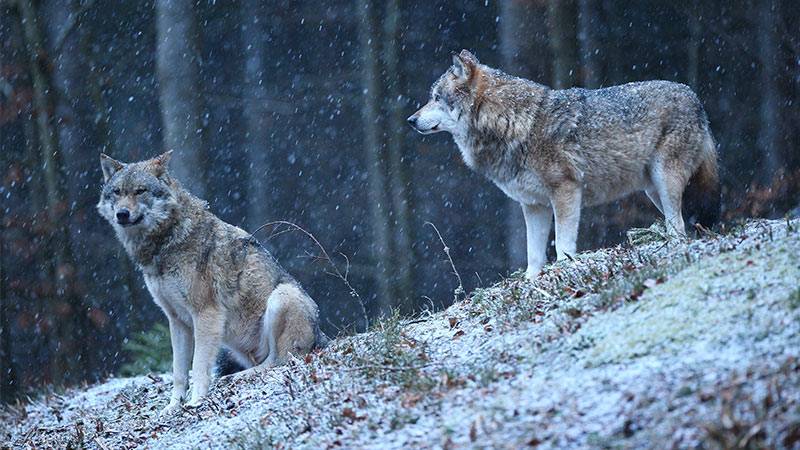In a landmark moment for wildlife conservation, Colorado has embarked on the most ambitious wolf reintroduction program in the United States in nearly 30 years. The initiative, which commenced with the release of five gray wolves in the Rocky Mountains, represents a significant shift in wildlife management, contrasting sharply with recent culling efforts in Republican-led states.
This program, a result of a voter-approved measure in 2020, has sparked a complex debate, reflecting a deep urban-rural divide within the state. While the project garners significant support in Democratic-dominated urban areas, it faces staunch opposition from rural communities, particularly ranchers concerned about livestock safety.
The release event was both emotive and symbolic, witnessed by a small audience who observed in silent reverence as the wolves, sourced from Oregon, ventured into their new habitat. Among the released wolves were two 1-year-old siblings and a 2-year-old male, all displaying varied responses to their newfound freedom.
Governor Jared Polis, present at the event, articulated the profound significance of witnessing these majestic animals in their natural setting, emphasizing the wolves’ storied place in human culture and imagination.
Colorado officials anticipate releasing 30 to 50 wolves within the next five years in hopes the program starts to fill in one of the last remaining major gaps in the western U.S. for the species. Gray wolves historically ranged from northern Canada to the desert southwest.
According to NBC News, the reintroduction plan aims to release 30 to 50 wolves over the next five years, intending to bridge a major gap in the gray wolf’s historic range, which spans from northern Canada to the American southwest. This effort is not just about restoring a species but is also seen as a critical move to counter the biodiversity extinction crisis.
However, the initiative has intensified existing tensions between different sections of Colorado’s population. Urban residents, who largely voted in favor of the reintroduction, view it as a crucial step towards ecological balance. In contrast, rural inhabitants fear economic repercussions, particularly in areas where livestock farming is a key industry and hunting is a valued tradition. These fears are not unfounded, as isolated incidents of wolves, migrating from Wyoming, preying on livestock have already been reported.
To mitigate these concerns, the state has promised compensation for ranchers who lose livestock to wolf attacks, with reimbursements up to $15,000 per animal. Additionally, wildlife agents are prepared to lethally manage wolves that consistently prey on livestock, a policy that may seem contradictory to the conservation goals but is deemed necessary for balancing ecological and economic interests.
Hunting groups have also expressed worries about the potential impact of wolves on elk herds and other game populations, which are important both for recreational hunting and as a source of revenue.
The reintroduction program thus stands at a complex crossroads of ecological restoration, economic interests, and cultural values. While it’s a celebratory moment for conservationists and a significant step in tackling the biodiversity crisis, the program also underscores the challenges of managing wildlife in a way that respects the diverse needs and perspectives of all stakeholders involved.
More inspiring green news similar to this:


